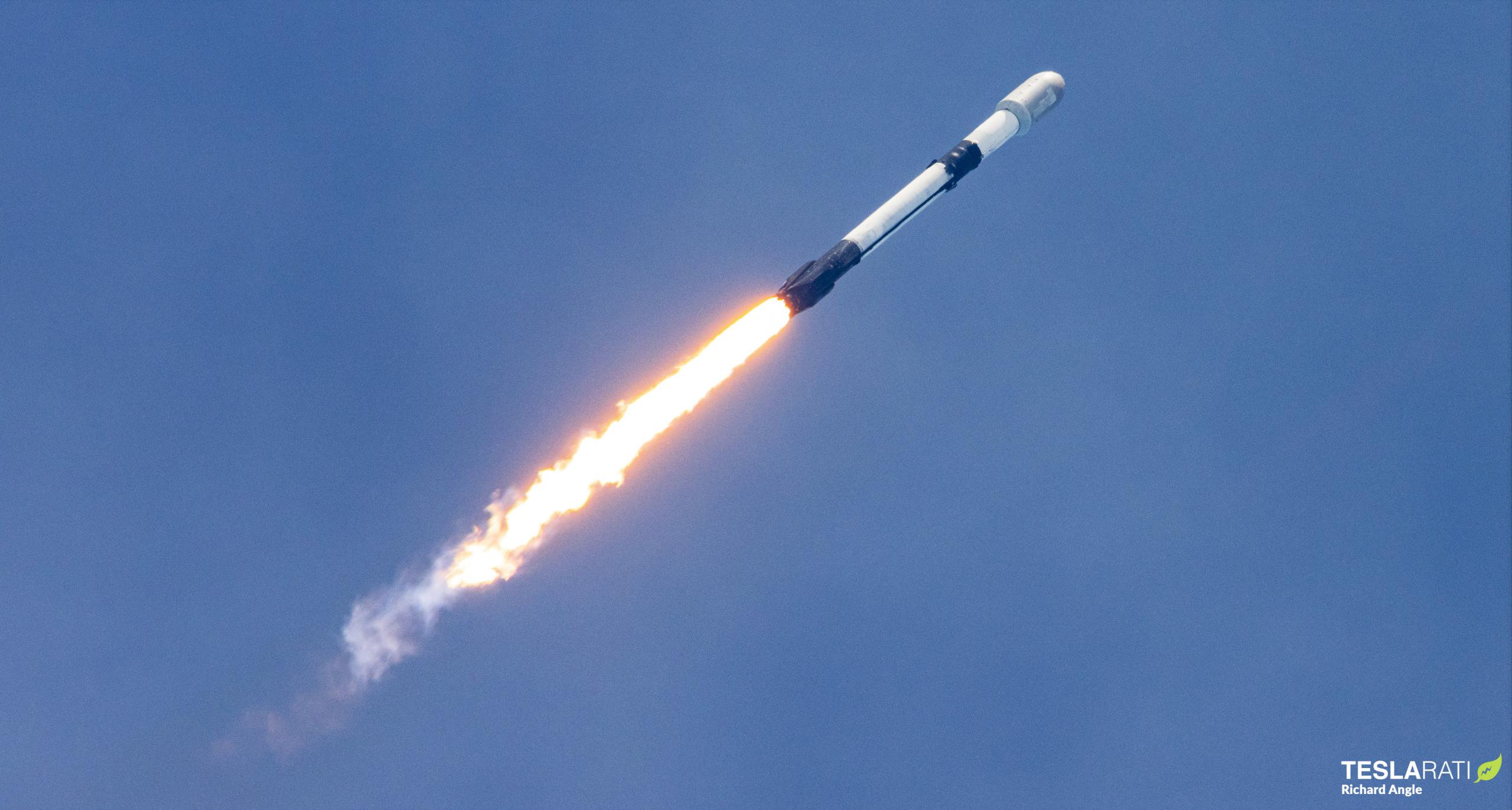
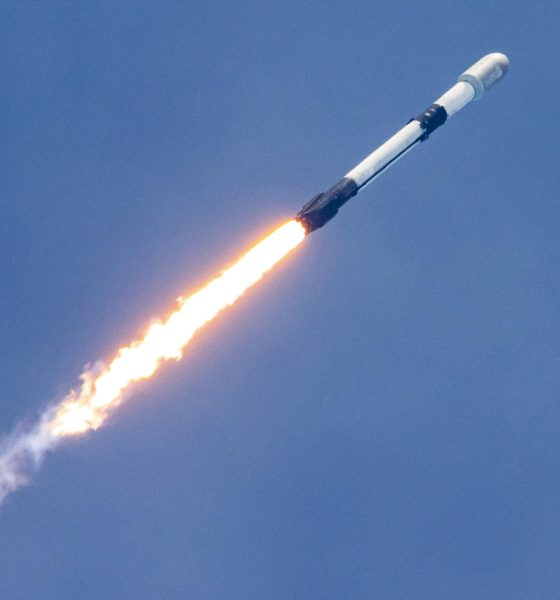
News
SpaceX delivers 59 spacecraft to orbit on fifth flawless rideshare launch
Update: After a slight eight-minute delay, SpaceX has successfully launched its fifth dedicated ‘Transporter’ rideshare mission, carrying 59 different spacecraft into a sun-synchronous orbit (SSO).
Following the Falcon 9 upper stage’s initial deployment of 39 different spacecraft, two of the deployed spacecraft will deploy another 20 or so small satellites over the next several weeks. Around an hour and a half after liftoff, SpaceX finally announced that the final Transporter-5 payload deployment was complete, confirming that the mission was a total success.
Falcon 9 booster B1061 performed as expected, acing its second Transporter launch in a row and eighth launch and landing overall since November 2020. Transporter-5 was SpaceX’s fifth launch this month and 22nd launch this year, representing an average of one launch every 6.5 days since the start of 2022. If SpaceX is able to complete four launches in June, it will be exactly half of the way to achieving 52 launches – an average of one launch per week – in a single calendar year.
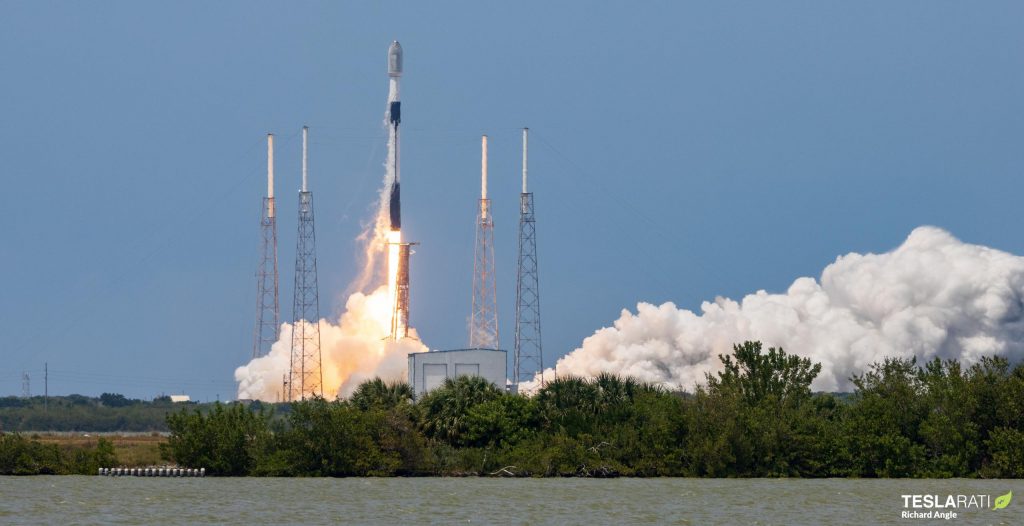
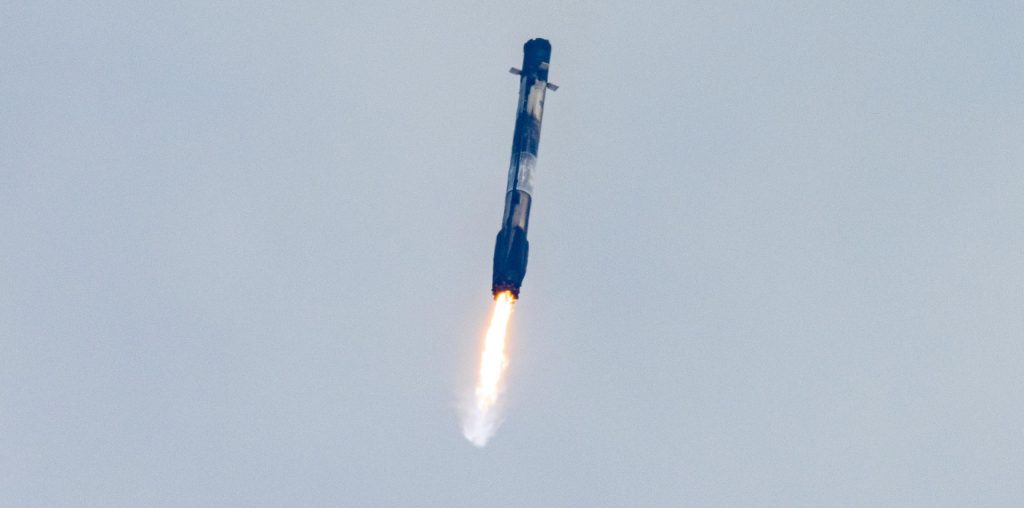
SpaceX appears to be on track to launch its fifth dedicated Falcon 9 rideshare mission as early as 2:27 pm EDT (18:27 UTC) on Wednesday, May 25th, carrying a wide variety of interesting payloads into Earth orbit.
SpaceX has reportedly assigned Falcon 9 B1061 to the mission and Transporter-5 will be its eight launch and landing attempt since November 2020 and third launch this year. While of no particular consequence, B1061 will also become the first Falcon 9 booster to launch two Transporter missions back to back after supporting Transporter-4 less than two months ago. Falcon 9 is scheduled to lift off from SpaceX’s Cape Canaveral Space Force Station (CCSFS) LC-40 facilities and boost the Transporter-5 payload and upper stage most of the way out of the atmosphere, while the booster will return back to the Florida coast to land on a concrete pad just a few miles to the south.
Like Transporter-4, which launched with just 40 deployable payloads on April 1st, Transporter-5 appears to be another very small rideshare mission relative to SpaceX’s first three Transporter launches, demonstrating the company’s continued commitment to operating the service a bit like public transit. A public bus will still happily carry just a single passenger – efficiency, while important, comes second to dependability. For many of SpaceX’s individual Smallsat Program customers, that may help to alleviate some of the downsides of massive multi-dozen-satellite rideshares, which can often make individual customers feel forgotten and unimportant when they’re forced to swallow delays caused by payloads other than their own.
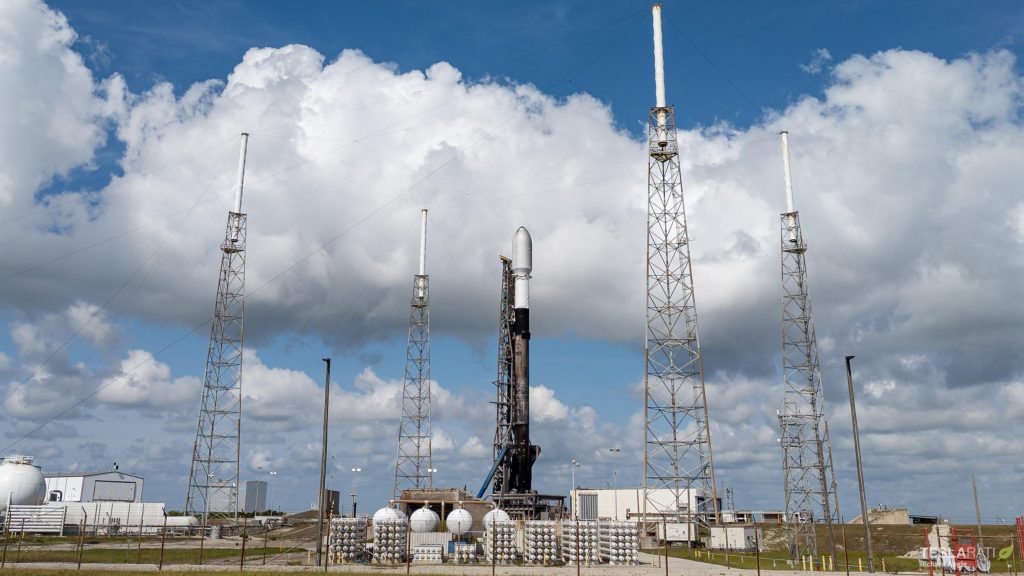
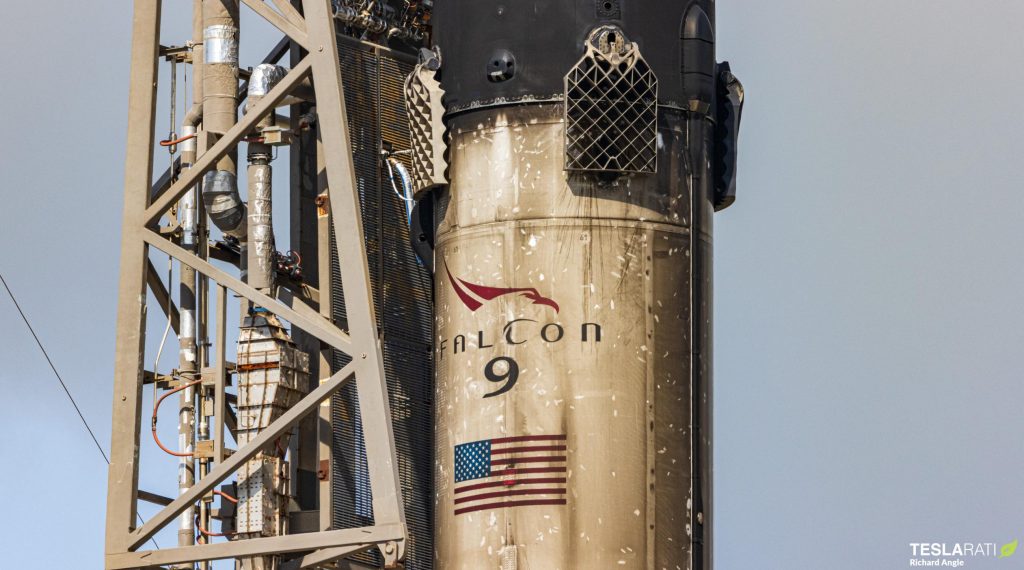
Based on official information provided by SpaceX on May 24th, Falcon 9 is scheduled to deploy only 39 payloads during Transporter-5. However, the real number of satellites deployed during the mission will likely be a bit higher due to the presence of three or four different vehicles that are designed to host or carry some of those payloads to different orbits. Spaceflight’s ‘Sherpa-AC1’ won’t have significant propulsion but it will carry several hosted payloads (‘hosted’ in the sense that the payload is not a free-flying satellite of its own) after deploying from Falcon 9.
The other two or three are true orbital transfer vehicles (OTVs), meaning that they have some kind of propulsion and are designed to deploy smaller satellites in customized orbits. The ultimate goal of the many startups trying to develop high-performance OTVs is to extract the best of both worlds from large rideshare missions and small rockets, combining ultra-cheap prices and orbits that are heavily optimized for each payload. Transporter-5 may carry Exolaunch’s “Reliant” OTV (unconfirmed) but is definitively scheduled to launch with D-Orbit’s “ION SCV-006” OTV and startup Momentus Space’s first ‘Vigoride’ OTV. Vigoride carries the unique distinction of being propelled by a first-of-its-kind “microwave electrothermal thruster” that turns water into a superheated plasma propellant.
Vigoride’s first true launch will be treated mainly as a test flight but it will also carry up to eight different small satellites. D-Orbit’s ION OTV only has one confirmed satellite on its manifest but will likely launch with at least a few more. All told, the number of satellites deployed as a result of Transporter-5 will likely be closer to 50 – a decent improvement over Transporter-4.
Several of those 50 or so payloads are particularly intriguing. Momentus Space’s first Vigoride OTV, if successful, could pave the way for the most capable commercial space tug currently available, with up to 2000 meters per second of delta V (dV) – a way to measure the stamina of rocket propulsion. NASA has also manifested its small Terabyte InfraRed Delivery (TBIRD) technology demonstrater satellite on Transporter-5 and will attempt to prove that it’s possible to use small, high-power lasers as extremely high-bandwidth downlinks. NASA hopes the tiny satellite will be able to transmit at up to 200 gigabits per second (Gbps), allowing it to downlink terabytes of data during a single pass over an Earth-based ground station.
AISTECH Space will launch an Earth observation satellite prototype outfitted with a first-of-its-kind high-resolution thermal imager. Last but certainly not least, Nanoracks and Maxar are scheduled to launch the first of multiple planned demonstrations and technology maturation missions for in-space manufacturing and construction technologies. The hosted payload is relatively simple by many measures and will only operate for about an hour, but it aims to demonstrate the first structural metal cutting in space.
Parent company Voyager Space ultimately wants to use the expertise it gains from the ‘Outpost Program’ to convert expended rocket upper stages into orbital ‘Outposts’ that will host customer payloads and support the continued development of in-space harvesting, recycling, construction, and more.
As of 5 am EDT (09:00 UTC), SpaceX still hasn’t officially confirmed via Tweet or website update that Transporter-5 is ‘go’ for launch. If it is, an official webcast available here will likely begin around 2:10 pm EDT (18:10 UTC).

Cybertruck
Tesla updates Cybertruck owners about key Powershare feature

Tesla is updating Cybertruck owners on its timeline of a massive feature that has yet to ship: Powershare with Powerwall.
Powershare is a bidirectional charging feature exclusive to Cybertruck, which allows the vehicle’s battery to act as a portable power source for homes, appliances, tools, other EVs, and more. It was announced in late 2023 as part of Tesla’s push into vehicle-to-everything energy sharing, and acting as a giant portable charger is the main advantage, as it can provide backup power during outages.
Cybertruck’s Powershare system supports both vehicle-to-load (V2L) and vehicle-to-home (V2H), making it flexible and well-rounded for a variety of applications.
However, even though the feature was promised with Cybertruck, it has yet to be shipped to vehicles. Tesla communicated with owners through email recently regarding Powershare with Powerwall, which essentially has the pickup act as an extended battery.
Powerwall discharge would be prioritized before tapping into the truck’s larger pack.
However, Tesla is still working on getting the feature out to owners, an email said:
“We’re writing to let you know that the Powershare with Powerwall feature is still in development and is now scheduled for release in mid-2026.
This new release date gives us additional time to design and test this feature, ensuring its ability to communicate and optimize energy sharing between your vehicle and many configurations and generations of Powerwall. We are also using this time to develop additional Powershare features that will help us continue to accelerate the world’s transition to sustainable energy.”
Owners have expressed some real disappointment in Tesla’s continuous delays in releasing the feature, as it was expected to be released by late 2024, but now has been pushed back several times to mid-2026, according to the email.
Foundation Series Cybertruck buyers paid extra, expecting the feature to be rolled out with their vehicle upon pickup.
Cybertruck’s Lead Engineer, Wes Morrill, even commented on the holdup:
As a Cybertruck owner who also has Powerwall, I empathize with the disappointed comments.
To their credit, the team has delivered powershare functionality to Cybertruck customers who otherwise have no backup with development of the powershare gateway. As well as those with solar…
— Wes (@wmorrill3) December 12, 2025
He said that “it turned out to be much harder than anticipated to make powershare work seamlessly with existing Powerwalls through existing wall connectors. Two grid-forming devices need to negotiate who will form and who will follow, depending on the state of charge of each, and they need to do this without a network and through multiple generations of hardware, and test and validate this process through rigorous certifications to ensure grid safety.”
It’s nice to see the transparency, but it is justified for some Cybertruck owners to feel like they’ve been bait-and-switched.
News
Tesla’s northernmost Supercharger in North America opens

Tesla has opened its northernmost Supercharger in Fairbanks, Alaska, with eight V4 stalls located in one of the most frigid cities in the U.S.
Located just 196 miles from the Arctic Circle, Fairbanks’s average temperature for the week was around -12 degrees Fahrenheit. However, there are plenty of Tesla owners in Alaska who have been waiting for more charging options out in public.
There are only 36 total Supercharger stalls in Alaska, despite being the largest state in the U.S.
Eight Superchargers were added to Fairbanks, which will eventually be a 48-stall station. Tesla announced its activation today:
North America’s northernmost Supercharger Fairbanks, AK (8 stalls) opened to public. https://t.co/M4l04DZ6B5 pic.twitter.com/zyL6bDuA93
— Tesla Charging (@TeslaCharging) December 12, 2025
The base price per kWh is $0.43 at the Fairbanks Supercharger. Thanks to its V4 capabilities, it can charge at speeds up to 325 kW.
Despite being the northernmost Supercharger in North America, it is not even in the Top 5 northernmost Superchargers globally, because Alaska is south of Norway. The northernmost Supercharger is in Honningsvåg, Norway. All of the Top 5 are in the Scandanavian country.
Tesla’s Supercharger expansion in 2025 has been impressive, and although it experienced some early-quarter slowdowns due to V3-to-V4 hardware transitions, it has been the company’s strongest year for deployments.
🚨🚨 Tesla Supercharging had a HUGE year, and they deserve to be recognized.
🍔 Opened Tesla Diner, a drive-in movie theater with awesome, Chef-curated cuisine
🔌 Gave access to Superchargers to several EV makers, including Hyundai, Genesis, Mercedes-Benz, Kia, Lucid, Toyota,… pic.twitter.com/yYT2QEbqoW
— TESLARATI (@Teslarati) December 10, 2025
Through the three quarters of 2025, the company has added 7,753 stations and 73,817 stalls across the world, a 16 percent increase in stations and an 18 percent increase in stalls compared to last year.
Tesla is on track to add over 12,000 stalls for the full year, achieving an average of one new stall every hour, an impressive statistic.
Recently, the company wrapped up construction at its Supercharger Oasis in Lost Hills, California, a 168-stall Supercharger that Tesla Solar Panels completely power. It is the largest Supercharger in the world.
News
Tesla shocks with latest Robotaxi testing move
Why Tesla has chosen to use a couple of Model S units must have a reason; the company is calculated in its engineering and data collection efforts, so this is definitely more than “we just felt like giving our drivers a change of scenery.”

Tesla Model S vehicles were spotted performing validation testing with LiDAR rigs in California today, a pretty big switch-up compared to what we are used to seeing on the roads.
Tesla utilizes the Model Y crossover for its Robotaxi fleet. It is adequately sized, the most popular vehicle in its lineup, and is suitable for a wide variety of applications. It provides enough luxury for a single rider, but enough room for several passengers, if needed.
However, the testing has seemingly expanded to one of Tesla’s premium flagship offerings, as the Model S was spotted with the validation equipment that is seen entirely with Model Y vehicles. We have written several articles on Robotaxi testing mules being spotted across the United States, but this is a first:
🚨 Tesla is using Model S vehicles fitted with LiDAR rigs to validate FSD and Robotaxi, differing from the Model Ys that it uses typically
Those Model Y vehicles have been on the East Coast for some time. These Model S cars were spotted in California https://t.co/CN9Bw5Wma8 pic.twitter.com/UE55hx5mdd
— TESLARATI (@Teslarati) December 11, 2025
Why Tesla has chosen to use a couple of Model S units must have a reason; the company is calculated in its engineering and data collection efforts, so this is definitely more than “we just felt like giving our drivers a change of scenery.”
It seems to hint that Tesla could add a premium, more luxury offering to its Robotaxi platform eventually. Think about it: Uber has Uber Black, Lyft has Lyft Black. These vehicles and services are associated with a more premium cost as they combine luxury models with more catered transportation options.
Tesla could be testing the waters here, and it could be thinking of adding the Model S to its fleet of ride-hailing vehicles.
Reluctant to remove the Model S from its production plans completely despite its low volume contributions to the overall mission of transitioning the world to sustainable energy, the flagship sedan has always meant something. CEO Elon Musk referred to it, along with its sibling Model X, as continuing on production lines due to “sentimental reasons.”
However, its purpose might have been expanded to justify keeping it around, and why not? It is a cozy, premium offering, and it would be great for those who want a little more luxury and are willing to pay a few extra dollars.
Of course, none of this is even close to confirmed. However, it is reasonable to speculate that the Model S could be a potential addition to the Robotaxi fleet. It’s capable of all the same things the Model Y is, but with more luxuriousness, and it could be the perfect addition to the futuristic fleet.








